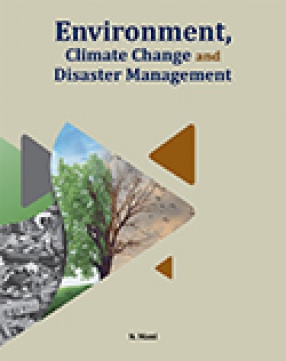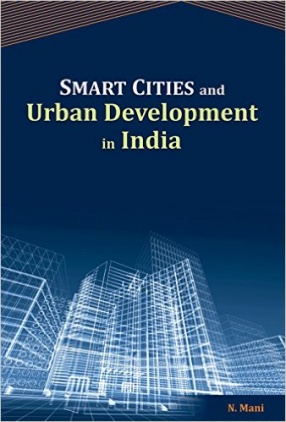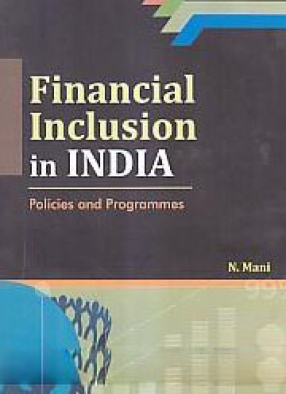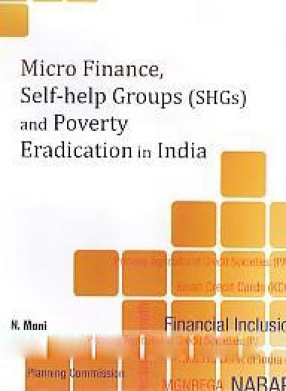Environment has become an important issue in recent years. Environment is characterised by interconnectedness that transcends national/international boundaries and hence international co-operation and national efforts are seminally important to achieve the objectives of (a) equitable access to clean air and water, (b) adaptation and mitigation of climate change, (c) conservation of biodiversity, (d) sustainable forest management and (e) safety in the management of chemicals, wastes and other hazardous substances.
Soon after achieving Independence from Britain in 1947, India embarked on a programme of planned economic development with the launching of First Five Year Plan (1951-56). Ever since, the emphasis has been on removal of poverty and unemployment and all possible instruments of economic policy have been used to achieve the twin objectives. However, the euphoria for rapid economic development has created enormous pressure on country’s natural resources.
It was in the early 1970s that Government realised the need for environmental protection as an integral part of the industrial policy. Unfortunately, considerable damage had already been done to India’s natural resources by the time preventive measures were taken. Environmental degradation in India has been caused by a variety of social, economic, institutional and technological factors. Rapidly growing population, urbanisation, industrial activities and increasing use of pesticides and fossil fuels have all resulted in considerable deterioration in the quality and sustainability of the environment. There are serious consequences for human health arising through poorly planned developmental activities. Securing the environment is critical for India’s future generations and not just a matter of international commitment.
Similarly, climate change, caused by the building up of green house gases (GHGs) in the atmosphere, is a serious global environmental concern. Climate change occupies a high priority on the environmental agenda of international community. Vulnerabilities of India to climate change-in particular impacts on water resources, forests, coastal areas, agriculture, and health-need to be identified and appropriate remedial measures taken. The Paris Agreement, 2015 marks the latest step in the evolution of the UN climate change regime.
Many regions in India are highly vulnerable to natural and other disasters on account of geological conditions. About 60 percent of the landmass is susceptible to earthquakes. Over 8 percent area is prone to floods and 8,000 kilometres of coastline is prone to cyclones. Likewise, 68 percent area is susceptible to drought. All this entails huge economic losses and causes developmental setbacks. Disasters are no longer limited to natural catastrophes. Man- made emergencies often cause bigger disasters in terms of fatalities and economic losses.
This book provides an exhaustive account of environmental problems in India and the attending consequences. It explains and examines policies and programmes of the Government of India to arrest environmental degradation and ensure green growth. India’s approach to climate change and disaster mitigation/management is also set forth.
Contents: 1. Environment and development: conflict and balance. 2. India’s environmental resources and problems. 3. Legal provisions and institutional framework for environmental protection. 4. Land and soil degradation. 5. Water resources and pollution. 6. Air and noise pollution. 7. Forest resources and conservation. 8. Mineral exploration/exploitation and environment. 9. Protection of biological diversity. 10. Urbanization and environment. 11. Rural development and environment. 12. Women and the environment. 13. Global climate change. 14. Climate change and India. 15. Disaster mitigation and management. 16. Policy initiatives for environmental protection. 17. Fiscal incentives and education for environmental protection. Glossary of terms related to environment and ecology. Appendices. Bibliography. Index.








There are no reviews yet.